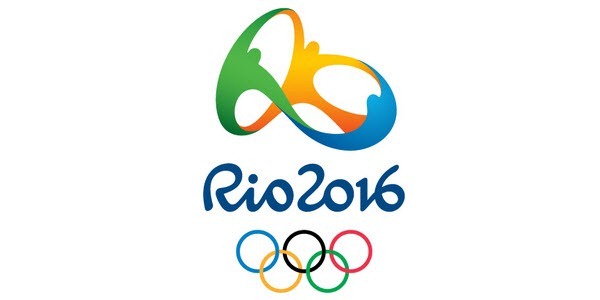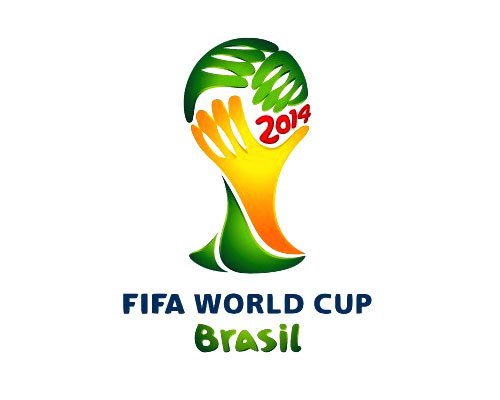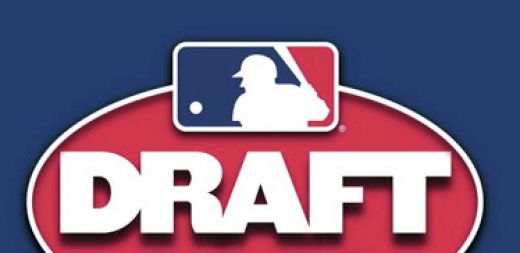This post originally appeared on Batting Leadoff. Batting Leadoff is a website dedicated to providing readers with premium baseball content. Posts from the site will appear regularly on the Sports Business Society Blog (view the information in the sidebar for updated information.)-By Alex SmithAs we enter the 2013 offseason, we’re going to hear a lot about the free agent activities of
Robinson Cano,
Jacoby Ellsbury, and
Shin-Soo Choo, as well as possible trades involving
David Price and
Troy Tulowitzki. However, it’s likely that the signings and trades of other lesser-known players will have a bigger impact on the outcome of the 2014 season than the signings and possible trades of these superstars.
If you look at recent history, it’s the teams who have made shrewd value driven acquisitions rather than a lot of noise that have made the largest jumps in the standings on a year-to-year basis. If we compare the standings from 2012 to 2013, the Red Sox made the grandest jump in wins at 28, the Cleveland Indians made the second largest leap at 24, the Royals the third highest at 18, and the Pirates the fourth greatest leap at 15 wins.
In case you didn’t notice, the Toronto Blue Jays and the Los Angeles Angels, despite being last winter’s biggest headliners, failed to make this list. In fact, the Blue Jays only won 1 more game in 2013 than they did in 2012 and the Angels actually lost 11 more games. The Los Angeles Dodgers and Cincinnati Reds also made a lot of news around the blogosphere last winter, but the Dodgers broke the bank to make sure that spending was worth it and the Reds simply added an established outfielder in Choo to an already playoff-bound core.
So what does this all teach us? First, let’s analyze how the Red Sox, Indians, Royals, and Pirates made their jumps to the top of the standings. Red Sox fans were frustrated last offseason with the lack of a notable moves after getting rid of the contracts of
Adrian Gonzalez,
Josh Beckett, and
Carl Crawford. However, they received fantastic value in the signings of
Shane Victorino,
Koji Uehara, and
Mike Napoli. This value, combined with healthier seasons from
Dustin Pedroia and Jacoby Ellsbury, the reemergence of
Jon Lester and
Clay Buchholz, and
David Ortiz’s ability to fend off father time, led them to a championship.
The Indians made some headlines last winter by signing outfielders
Nick Swisher and
Michael Bourn, yet it wasn’t just these signings that led the Tribe to earn one of the wildcard births. Between them, they only posted a WAR of 4.4 in 2013, 1.8 WAR below Michael Bourn’s personal 2012 WAR. The Indians were successful because
Jason Kipnis broke out,
Yan Gomes and
Ryan Raburn far exceeded expectations, and
Justin Masterson,
Ubaldo Jimenez, and
Scott Kazmir all turned their careers around. In essence, rather than the noteworthy signings of Swisher and Bourn making the quintessential difference, it was the less noteworthy acquisitions of Kazmir, Gomes, and Raburn along with improvements from players they already had, that led Cleveland’s turnaround.
Of the four teams that made the biggest leaps in wins, the Royals are, in a way, the outlier. Their “big” trade last winter actually did pay off, at least in the context of 2013. By acquiring
James Shields, the Royals were able to shore up what otherwise would have been a questionable pitching staff and win 90 games. The down-side to this, though, is the consequences that will come with the short-sightedness of the Shields trade.
Even though the Royals won 90 games, they gave up
Wil Myers in the process. Myers could be a top five player in baseball in a few years and the Royals would have had six years of team control. Instead, they received two years of James Shields and they failed to make the postseason in year one. Yet, just stating that the Royals improvements can be attributed to Shields would be foolish. Like the Indians and Red Sox, the Royals also benefitted significantly from unheralded signings such as
Ervin Santana and
Jeremy Guthrie.
The Pittsburgh Pirates are the best example of how value-driven acquisitions can turn a franchise around. Without making too many national news outlets last year, the Pirates smartly picked up
Russell Martin and
Francisco Liriano via free agency and then traded for
Marlon Byrd and
Justin Morneau at mid-season to help fill holes in their lineup. It’s also important to note the chance Pittsburgh took on
A.J. Burnett the year before that has paid off mightily. It is through these moves that the Pirates have been able to find effective supporting players for their home-grown superstars like NL MVP
Andrew McCutchen and
Pedro Alvarez.
Now that we’ve analyzed where it went right for the aforementioned four teams, let’s look at where it went wrong for the Blue Jays and Angels. The Blue Jays pitching staff was a wreck all year with no consistency behind Dickey and Buehrle, both of whom were only mediocre. Offensively, Reyes only played in 93 games and their lineup simply had too many holes around him. It’s hard to go anywhere when you only have two players in your lineup who played in more than 110 games and posted positive WARs.
The Los Angeles Angels were supposed to have one of the best lineups in baseball in 2013 after the addition of
Josh Hamilton. All winter, fans were giddy about getting to see a top of the lineup featuring
Mike Trout,
Albert Pujols, Josh Hamilton, and
Mark Trumbo. Yet, Pujols’ injury problems caused him to struggle until he eventually was forced to have season-ending surgery and Hamilton never lived up to expectations. However, the Angels would have needed both of these players to be absolutely spectacular if they were going to overcome their pitching deficiencies. The Angels had the fourth highest xFIP in the league and the 7th highest ERA, and only
C.J. Wilson pitched more than 155 innings for the year.
After analyzing what went right and what went wrong in terms of 2012-13 offseason acquisitions, a major theme becomes clear: star players are nice and are good for building excitement going into a season, but filling holes is more important. These players, who can often be acquired cheaply and fly under the radar, serve as the glue for any team with the intentions of contending in the postseason.
The Oakland A’s, who built a team around such undervalued assets (they made their jump from 2011 to 2012 so it’s not chronicled in this article), are a perfect example of how having no holes can be more effective than trying to compensate for holes with star players. If you’re going to make a headline move, however, you must be adding to an existing core (see Cincinnati Reds) or you must be willing to spend like the current Los Angeles Dodgers or 2000s New York Yankees. If your team’s not doing this, they’re either selling out on their future to succeed (see Kansas City Royals) or only trying to sell tickets without caring about winning.
Knowing this trend, I encourage all fans to follow where players like
Bronson Arroyo,
Dan Haren, and
David Murphy end up. Because while it will be fun seeing where Robinson Cano, Jacoby Ellsbury, Shin-Soo Choo, David Price, and Troy Tulowitzki land (and they will all definitely impact the 2014 season) it is the signings that go barely noticed that could be making the biggest difference next fall.
Alex Smith is a junior in the School of Industrial and Labor Relations at Cornell University. In addition to being the founder of Batting Leadoff, he works as a scout/field manager for Perfect Game USA and sits on the planning committee for the 2013 Ivy Sports Symposium. He is a relief pitcher on the Cornell varsity baseball team and hopes to one day pursue a career in baseball operations, player development, or amateur scouting. Contact him at aws77@cornell.edu or follow him on twitter @RealAlexSmith19.This post originally appeared on Batting Leadoff. Batting Leadoff is a website dedicated to providing readers with premium baseball content. Posts from the site will appear regularly on the Sports Business Society Blog (view the information in the sidebar for updated information).Labels: ASmith, Batting Leadoff, Boston Red Sox, Cleveland Indians, Kansas City Roals, MLB, Opinion, Pittsburgh Pirates, statsandfigures

















.jpg)




